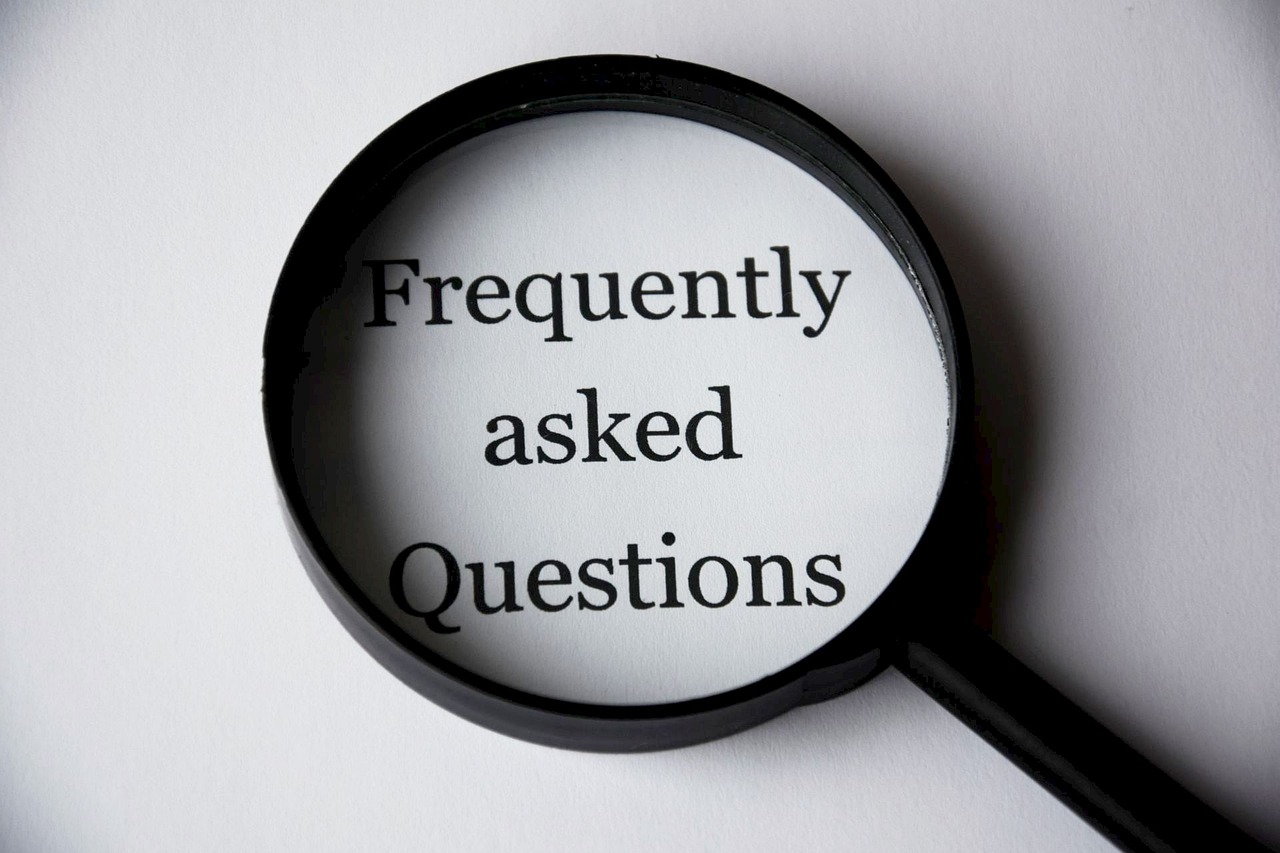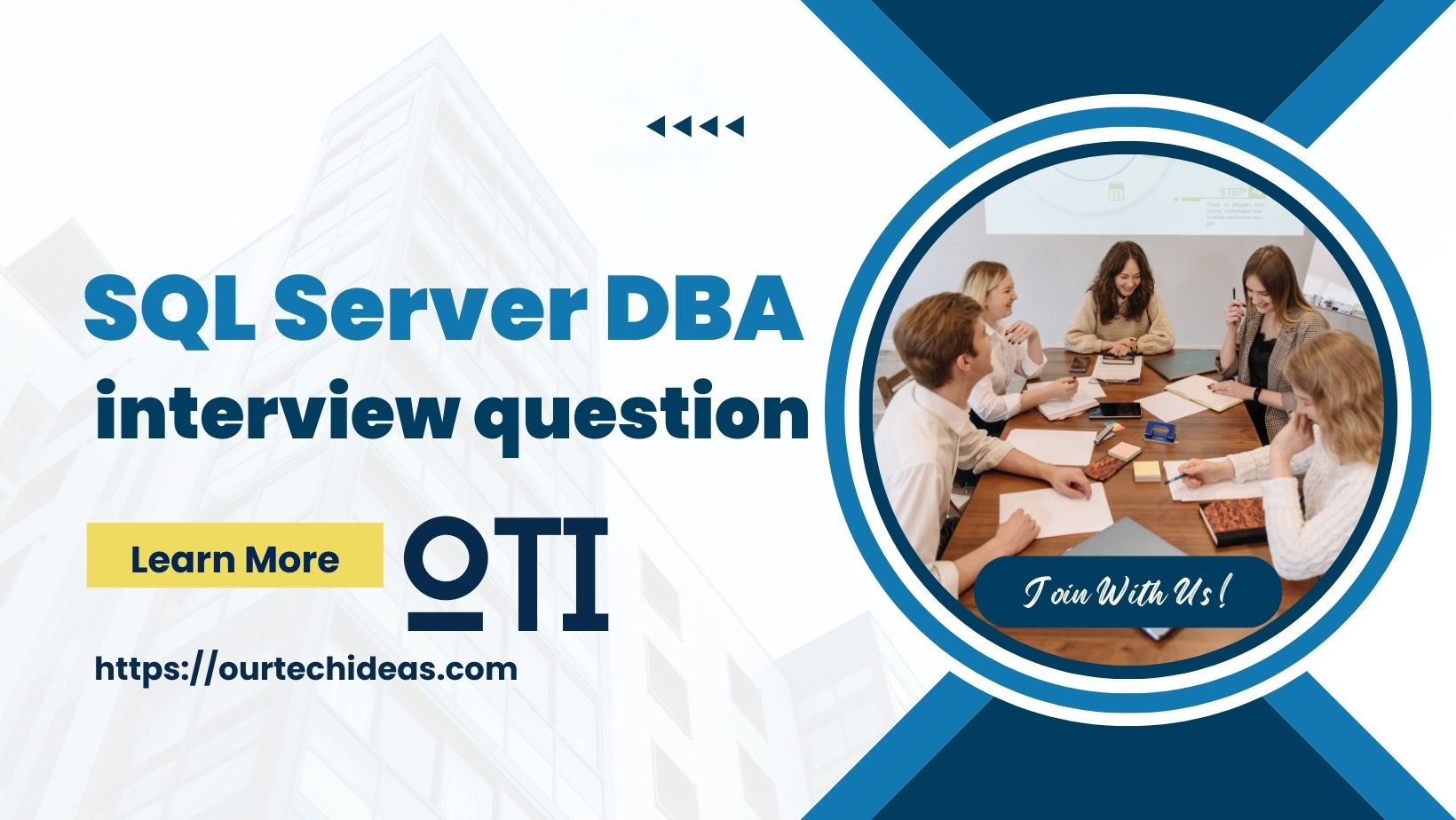Introduction
SQL Server is a popular relational database management system (RDBMS) developed by Microsoft. It is used by a wide variety of organizations, including businesses, government agencies, and educational institutions.
SQL Server DBAs (database administrators) are responsible for the day-to-day operation and maintenance of SQL Server databases. They are also responsible for planning and implementing database security, performance tuning, and disaster recovery.
If you are interviewing for a SQL Server DBA position, you can expect to be asked a variety of technical questions. In this post, we will discuss some of the most common SQL Server DBA interview questions.
- What is the role of a SQL Server DBA?
- What is the difference between a clustered and non-clustered index?
- Explain the concept of normalization in database design.
- How do you optimize query performance in SQL Server?
- What is a deadlock and how can it be resolved?
- What are the different recovery models in SQL Server?
- How do you monitor SQL Server performance?
- What are the steps involved in database backup and restore?
- How do you configure high availability in SQL Server?
- What is the purpose of the transaction log in SQL Server?
- Explain the concept of database mirroring.
- How do you configure and manage SQL Server replication?
- What is the difference between a primary key and a unique key?
- How do you handle database security in SQL Server?
- What is the difference between a stored procedure and a function?
- How do you troubleshoot and resolve performance issues in SQL Server?
- Explain the concept of SQL Server Always On availability groups.
- What are the different types of backups in SQL Server?
- How do you automate administrative tasks in SQL Server?
- Explain the concept of log shipping in SQL Server.
- How do you monitor and manage SQL Server memory usage?
- What is the purpose of the tempdb database in SQL Server?
- How do you handle database fragmentation in SQL Server?
- Explain the concept of SQL Server database snapshots.
- How do you configure and manage SQL Server failover clustering?
- What are the best practices for SQL Server security?
- How do you troubleshoot and resolve connectivity issues in SQL Server?
- Explain the concept of query execution plans in SQL Server.
- How do you handle index fragmentation in SQL Server?
- What are the different types of locks in SQL Server?
- How do you monitor and manage SQL Server disk space?
- What is the purpose of the master database in SQL Server?
- How do you configure and manage SQL Server logins and users?
- Explain the concept of linked servers in SQL Server.
- How do you handle database corruption in SQL Server?
- What are the different types of triggers in SQL Server?
- How do you monitor and manage SQL Server backups?
- Explain the concept of the SQL Server Agent.
- How do you handle database maintenance tasks in SQL Server?
- What is the purpose of the model database in SQL Server?
- How do you configure and manage SQL Server database mail?
- Explain the concept of table partitioning in SQL Server.
- How do you monitor and manage SQL Server indexes?
- What are the different types of database recovery models in SQL Server?
- How do you handle database log file growth in SQL Server?
- Explain the concept of the SQL Server Profiler.
- How do you troubleshoot and resolve deadlock issues in SQL Server?
- What are the different types of database backups in SQL Server?
- How do you monitor and manage SQL Server replication?
- Explain the concept of database mirroring in SQL Server.
- How do you configure and manage SQL Server log shipping?
- What is the purpose of the msdb database in SQL Server?
- Explain the concept of data compression in SQL Server.
- How do you monitor and manage SQL Server database file growth?
- What are the different types of database backups in SQL Server?
- How do you handle database consistency checks in SQL Server?
- Explain the concept of the SQL Server Extended Events.
- How do you troubleshoot and resolve performance bottlenecks in SQL Server?
- What is the purpose of the distribution database in SQL Server replication?
- How do you configure and manage SQL Server Service Broker?
- Explain the concept of columnstore indexes in SQL Server.
- How do you monitor and manage SQL Server agent jobs?
- What are the different types of database consistency models in SQL Server?
- How do you handle database filegroup management in SQL Server?
- Explain the concept of the Resource Governor in SQL Server.
- How do you troubleshoot and resolve query blocking in SQL Server?
- What is the purpose of the Report Server database in SQL Server Reporting Services?
- How do you configure and manage SQL Server database snapshots?
- Explain the concept of Transparent Data Encryption in SQL Server.
- How do you monitor and manage SQL Server database statistics?
- What are the different types of database mirroring configurations in SQL Server?
- How do you handle database schema changes in SQL Server?
- Explain the concept of SQL Server database mail profiles.
- How do you troubleshoot and resolve transaction log growth in SQL Server?
- What is the purpose of the SQL Server Integration Services Catalog database?
- How do you configure and manage SQL Server FileStream data?
- Explain the concept of In-Memory OLTP in SQL Server.
- How do you monitor and manage SQL Server replication latency?
- What are the different types of database consistency checks in SQL Server?
- How do you handle database backup encryption in SQL Server?
- Explain the concept of the SQL Server Distributed Availability Groups.
- How do you troubleshoot and resolve connectivity issues in SQL Server clustering?
- What is the purpose of the SQL Server Analysis Services catalog database?
- How do you configure and manage SQL Server linked server security?
- Explain the concept of Buffer Pool Extension in SQL Server.
- How do you monitor and manage SQL Server query execution plans?
- What are the different types of database maintenance plans in SQL Server?
- How do you handle database filegroup backups in SQL Server?
- Explain the concept of the SQL Server Query Store.
- How do you troubleshoot and resolve transactional replication conflicts in SQL Server?
- What is the purpose of the SQL Server Machine Learning Services?
- How do you configure and manage SQL Server contained databases?
- Explain the concept of the SQL Server Resource Governor workload groups.
- How do you monitor and manage SQL Server tempdb file usage?
- What are the different types of database migration methods in SQL Server?
- How do you handle database mirroring failover in SQL Server?
- Explain the concept of the SQL Server Reporting Services execution log.
- How do you troubleshoot and resolve database backup failures in SQL Server?
- What is the purpose of the SQL Server PolyBase feature?
- How do you configure and manage SQL Server Analysis Services partitions?
- How do you configure and manage SQL Server database snapshots?
- Explain the concept of the SQL Server FILESTREAM feature.
- How do you monitor and manage SQL Server transaction log backups?
- What are the different types of database recovery models in SQL Server?
- How do you handle database index maintenance in SQL Server?
- Explain the concept of the SQL Server Query Optimizer.
- How do you troubleshoot and resolve SQL Server performance degradation?
- What is the purpose of the SQL Server FileStream Filegroup?
- How do you configure and manage SQL Server change tracking?
- Explain the concept of the SQL Server Service Principal Names (SPNs).
- How do you monitor and manage SQL Server database mirroring endpoints?
- What are the different types of SQL Server logins and their permissions?
- How do you handle database backup and restore using T-SQL commands?
- Explain the concept of the SQL Server CLR integration.
- How do you troubleshoot and resolve SQL Server deadlock issues?
- What is the purpose of the SQL Server Query Store?
- How do you configure and manage SQL Server Always Encrypted feature?
- Explain the concept of the SQL Server Query Store.
- How do you monitor and manage SQL Server transaction log space usage?
- What are the different types of SQL Server authentication modes?
- How do you handle database corruption in SQL Server?
- Explain the concept of the SQL Server In-Memory OLTP durability options.
- How do you troubleshoot and resolve SQL Server login failures?
- What is the purpose of the SQL Server Service Broker conversation endpoints?
- How do you configure and manage SQL Server Filetable feature?
- Explain the concept of the SQL Server Query Store hints.
- How do you monitor and manage SQL Server index fragmentation?
- What are the different types of SQL Server database files and filegroups?
- How do you handle database security auditing in SQL Server?
- Explain the concept of the SQL Server Columnstore Indexes.
- How do you troubleshoot and resolve SQL Server database mail issues?
- What is the purpose of the SQL Server Distributed Replay Controller?
- How do you configure and manage SQL Server backup compression?
- Explain the concept of the SQL Server Query Store reports.
- How do you monitor and manage SQL Server database replication latency?
- What are the different types of SQL Server schema ownership chaining?
- How do you handle database maintenance plans in SQL Server Agent?
- Explain the concept of the SQL Server Buffer Pool Extension.
- How do you troubleshoot and resolve SQL Server backup and restore failures?
- What is the purpose of the SQL Server FileStream I/O subsystem?
- How do you configure and manage SQL Server full-text search feature?
- Explain the concept of the SQL Server Query Store capture modes.
- How do you monitor and manage SQL Server database index usage statistics?
- What are the different types of SQL Server log shipping configurations?
- How do you handle database security permissions in SQL Server?
- Explain the concept of the SQL Server Temporal Tables.
- How do you troubleshoot and resolve SQL Server linked server connectivity issues?
- What is the purpose of the SQL Server Extended Events?
- How do you configure and manage SQL Server Query Store retention settings?
- Explain the concept of the SQL Server Resource Governor workload groups.
- How do you configure and manage SQL Server database mail profiles and accounts?
- Explain the concept of the SQL Server Log Sequence Numbers (LSNs).
- How do you monitor and manage SQL Server transaction log truncation?
- What are the different types of SQL Server replication conflict resolution methods?
- How do you handle database performance tuning in SQL Server?
- Explain the concept of the SQL Server Buffer Pool Extension.
- How do you troubleshoot and resolve SQL Server database consistency errors?
- What is the purpose of the SQL Server Availability Group Listener?
- How do you configure and manage SQL Server resource governor workload groups?
- Explain the concept of the SQL Server Database Scoped Configurations.
- How do you monitor and manage SQL Server database filegroup usage?
- What are the different types of SQL Server log shipping monitor servers?
- How do you handle database backup and restore using SQL Server Management Studio (SSMS)?
- Explain the concept of the SQL Server Database Snapshot isolation levels.
- How do you troubleshoot and resolve SQL Server connectivity issues using SQL Server Configuration Manager?
- What is the purpose of the SQL Server Transparent Data Encryption (TDE)?
- How do you configure and manage SQL Server Distributed Replay Clients?
- Explain the concept of the SQL Server Change Data Capture (CDC) feature.
- How do you monitor and manage SQL Server agent job history and execution details?
- What are the different types of SQL Server collation settings and their impact?
- How do you handle database consistency checks using DBCC commands in SQL Server?
- Explain the concept of the SQL Server In-Memory OLTP checkpointing process.
- How do you troubleshoot and resolve SQL Server database login permission issues?
- What is the purpose of the SQL Server Distributed Availability Groups?
- How do you configure and manage SQL Server data compression on tables and indexes?
- Explain the concept of the SQL Server Database Mail system tables.
- How do you monitor and manage SQL Server instance-level performance counters?
- What are the different types of SQL Server database mirroring witness configurations?
- How do you handle database backup and restore using SQL Server PowerShell?
- Explain the concept of the SQL Server Filetable hierarchyid data type.
- How do you troubleshoot and resolve SQL Server database suspect mode issues?
- What is the purpose of the SQL Server Full-Text Search (FTS) stoplists?
- How do you configure and manage SQL Server Analysis Services (SSAS) partitions?
- Explain the concept of the SQL Server Availability Group failover modes.
- How do you monitor and manage SQL Server query performance using Execution Plans?
- What are the different types of SQL Server trigger firing order and scope?
- How do you handle database maintenance tasks using SQL Server Policy-Based Management?
- Explain the concept of the SQL Server In-Memory OLTP memory-optimized indexes.
- How do you troubleshoot and resolve SQL Server linked server security issues?
- What is the purpose of the SQL Server Buffer Pool Extension (BPE) algorithm?
- How do you configure and manage SQL Server table partitioning using T-SQL?
- Explain the concept of the SQL Server Availability Group backup preferences.
- How do you monitor and manage SQL Server deadlock graphs using Extended Events?
- What are the different types of SQL Server table-valued parameters and their usage?
- How do you handle database security auditing using SQL Server Audit feature?
- Explain the concept of the SQL Server Analysis Services (SSAS) multidimensional models.
- How do you troubleshoot and resolve SQL Server database replication latency issues?
- What is the purpose of the SQL Server Buffer Pool Extension (BPE) file placement?
- How do you configure and manage SQL Server Change Tracking on a database?
- Explain the concept of the SQL Server Service Broker message types and contracts.
These are just a few examples of the types of questions you may be asked in a SQL Server DBA interview. To prepare for your interview, it is important to have a strong understanding of SQL Server and its various features. You can also practice answering common interview questions by using online resources or practicing with a friend or colleague.
Conclusion
Interviewing for a SQL Server DBA position can be a daunting task, but it is important to remember that the interviewer is just trying to assess your skills and experience. By preparing for the interview and practicing answering common interview questions, you can increase your chances of success.






Please share answers also
Please share answers for all above questions.
Could you please share the answers